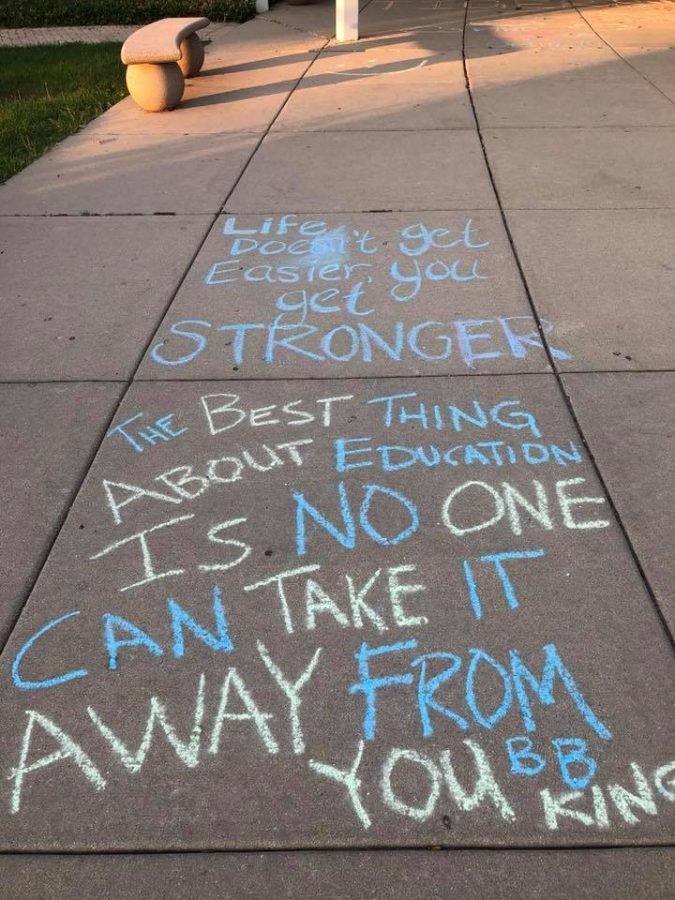Will You Catch the Bug? How Kindess Spreads
October 10, 2018
“People will forget what you did, they will forget what you said, but they will never forget how you made them feel.”, says Maya Angelous. In society today, many people see the only way to be successful as being mean and self-centered. However, everyone needs a break from this harsh behavior and start being kind. A simple act of kindness, like paying for someone’s food, can change their whole day, for both the giver and the recipient.
Taking those extra dollars and minutes to help someone can cause a chain reaction of kindness. Similar to the movie “Pay it Forward”, kindness is contagious. Trevor, the main character in the movie talked about how it is hard to break the chain of negativity. “I guess it’s just hard for some people who are used to things the way they are, even if they are bad, to change and they kinda give up and when they do, everyone losses.” Kindness might not cause world harmony but it certainly does affect others actions and attitudes in a positive way.
A survey conducted of 50 Wheaton Warrenville South students, showed that 84.6 percent of students have done a kind deed to a complete stranger and 61.5 percent of those students did it because it was already done to them. This is the start of the chain reaction on kindness.
Dr. David R. Hamilton said, “When we’re kind we inspire others to be kind and studies show that it actually creates a ripple effect that spreads outwards to our friends’ friends’ friends – to 3-degrees of separation.” Kindness is so strong that it can spread to three or more different people.
The reason why kindness is contagious is the way brains are made up. Our brain tells us we should be kind because it releases different chemicals in the mind that makes people happy. Random Acts of Kindness Society says, “According to research from Emory University, when you are kind to another person, your brain’s pleasure and reward centers light up, as if you were the recipient of the good deed—not the giver. This phenomenon is called the “helper’s high.””
Hamilton adds, “When we see someone being kind, something inside tells us that this is what we should be doing and so we are inspired by the observation of another’s kind behavior.” Humans are creatures of copying so spreading hate or love will in some way touch everyone. What is helping the spread of kindness is social media. Technology makes it possible for kind acts to be made public affecting more than just one person. The publicity of the kind deed will spread to a greater population causing a bigger domino effect.
An example of a act of kindness was reported in the survey at Wheaton Warrenville South.“I was at lunch with one of my friends and someone covered both of our checks anonymously. Afterward, we paid it forward by buying peoples Starbucks coffee.”, said Emily Bute, senior at WWSHS. Bute will never know how the people felt about her paying for their coffee but she does know the reaction she had when her meal was taken care off. Many people want others to be just as happy as they are so they will spread kindness.
The random act does not have to be as big as paying for someones meal like Emily Bute’s experience. Megan Mills, senior at WWSHS says, “Every so often I will donate my old clothes to GoodWill as a kind deed.”
In a blink of an eye someone’s day could change because of a kind deed. Kindness is contagious, just like a virus. People need to be exposed to the virus to pass it on. Someone needs to take the first step and cause the chain reaction. Will you be that person?

